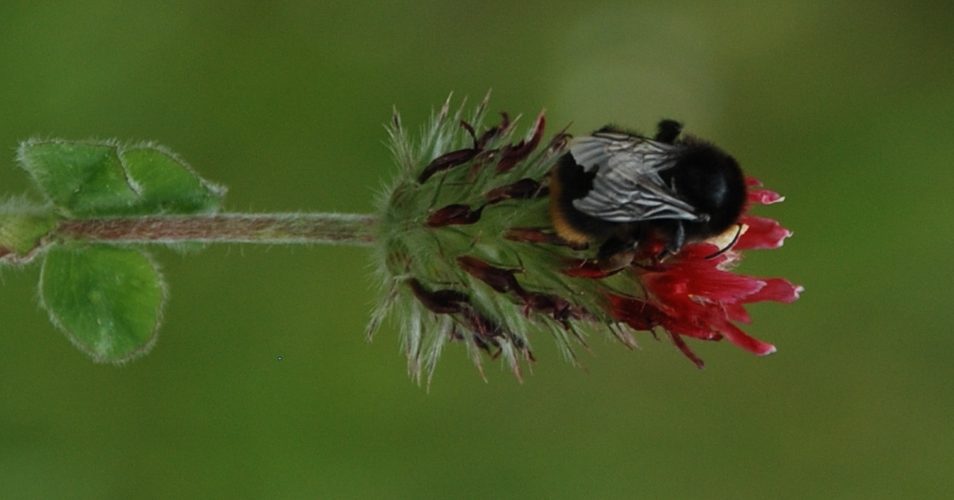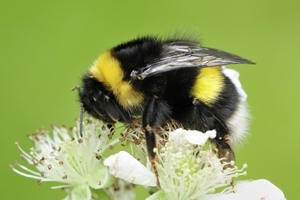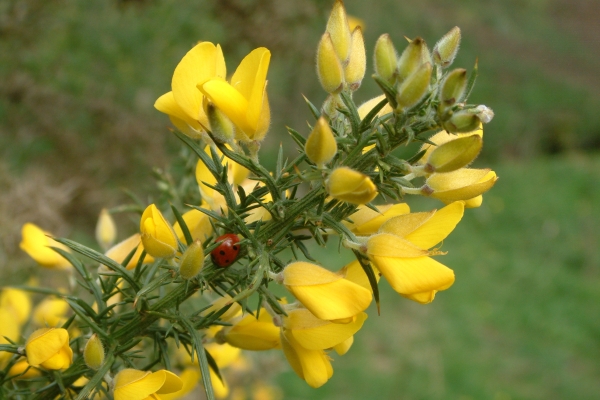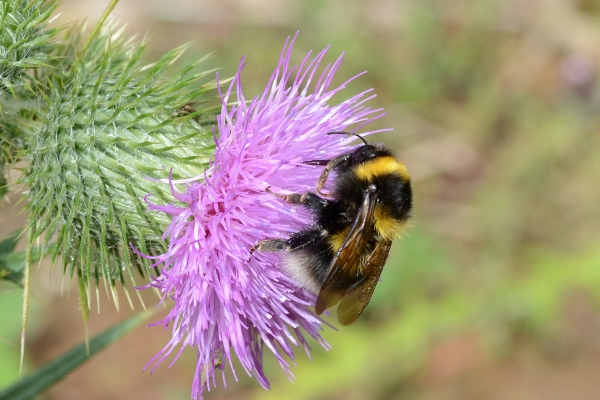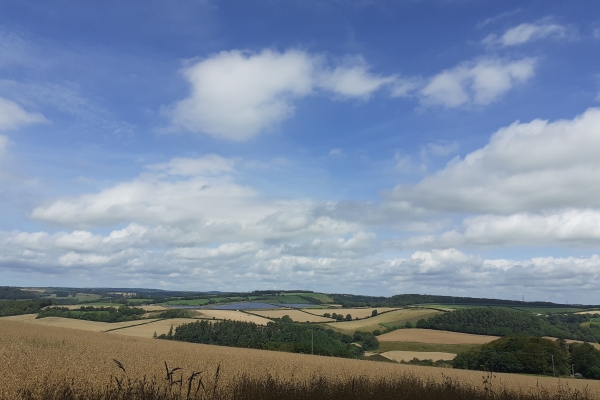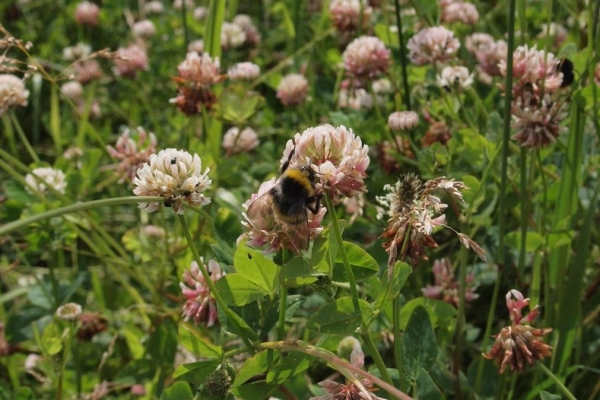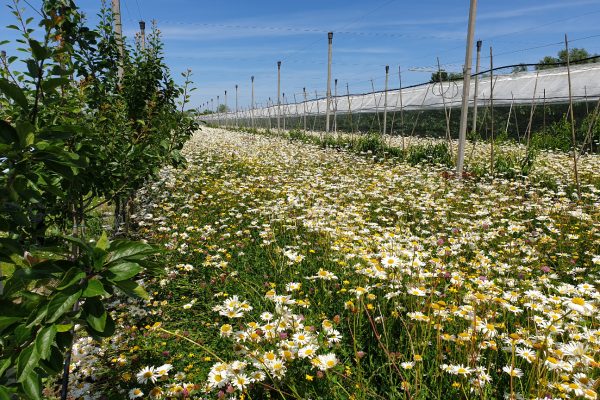Field Guide to Common Bumblebees of the United Kingdom
An identification guide to eight of the UK’s most common bumblebees, vital pollinators for our food crops and wild flowers
Resource explained
Bumblebees help pollinate many wild flowers, allowing them to reproduce, and they have a vital role in pollinating many of our commercial food crops. Their decline impacts significantly on biodiversity, complex food chains of which they are part, and the cost and quality of our fruit and vegetables.
This leaflet (suitable for printing on A4 paper) is an easy-reference field guide to eight of the most common bumblebee species found in the UK, featuring illustrations and text descriptions. The appearance of the queen, worker and male is described for each of the species along with reference to their geographic distribution.
The eight species featured are:
- Buff-tailed bumblebee (Bombus terrestris);
- White-tailed bumblebee (B. lucorum);
- Garden bumblebee (B. hortorum);
- Early bumblebee (B. pratorum);
- Common carder bee (B. pascuorum);
- Red-tailed bumblebee (B. lapidaries);
- Tree bumblebee (B. hypnorum) and;
- Heath bumblebee (B. jonellus).
Findings & recommendations
- We need bumblebees and they need our protection.
- There are twenty-four species of bumblebee in the UK, seven however are listed in the Government’s Biodiversity Action Plan as priorities for conservation.
- There has been a huge decline in the diversity and abundance of wild bees across Europe over the last few decades; two species of bumblebee in the UK have become extinct in the last 80 years.
- Bumblebee decline is largely attributed to intensification of agricultural practices and urbanisation. We can all help protect, restore, enhance and create bumblebee habitats. This leaflet will help you start with identifying the variety of species you may already have on your land.
